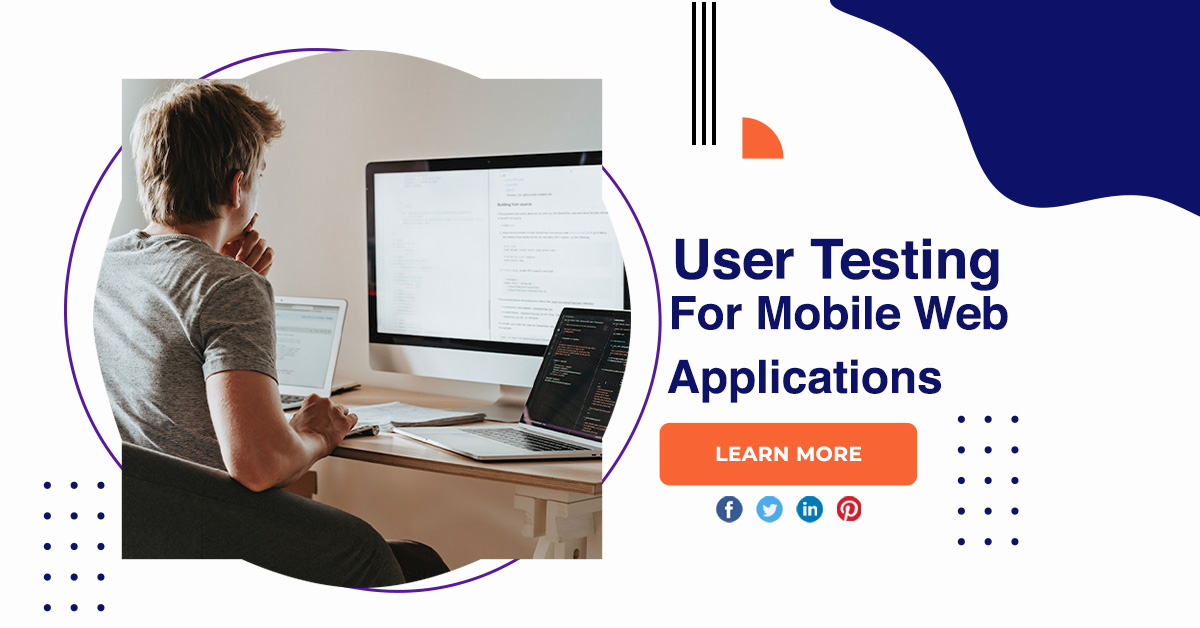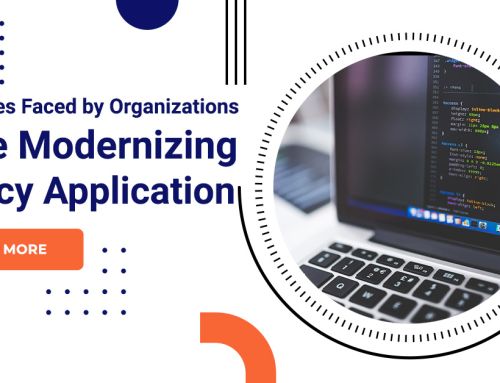User Testing For Mobile Web Applications
The mobile market is huge and growing at a very fast pace. With an estimated 4.5 billion subscribers worldwide, the number of mobile phones is expected to exceed the world’s population.
Mobile web applications
You can often find articles that detail a specific stage of mobile app usability testing. While these articles are great .They are often confusing for someone new to mobile usability testing.
Mobile application usability
That being said, mobile phone apps are still limited by the relatively small screen size and limited performance capabilities of the devices they run on. It’s also true that mobile app design has evolved a lot. They lack the screen sizes and processing capabilities of larger devices such as laptops or desktops.
Objectives of the usability test
This basically involves asking a series of questions to the app’s stakeholders to explore important areas:
- Application schedule.
- Users and markets for which the application is intended.
- Competitors of the application.
- Research that has already been done and more that the team requires.
Tasks to be performed
Once the goals are set, it’s time to move on to the next step – setting tasks. Tasks are usually only one sentence long and should consist of interactions that the test users must perform, such as:
- Register an account.
- Sign in to your account.
- Upload a photo.
- Accept the friend request.
These provide more context for why a participant is performing a task, and therefore look more like the natural interactions a typical user would make with your app.
Usability test documents
There are a number of documents that you would need when performing usability testing. Although the number of documents and their content may vary, you will typically need the following:
Consent form
The content of this questionnaire can range from two simple post-test questions recommended by Uxpert Jared Spool to standard questionnaires such as the Post-Study Usability Questionnaire.
Test participants
The mobile app usability testing method discussed in the next section is a user-centered testing technique, meaning it involves real users performing realistic tasks that the app is intended to achieve.
- Represent the users for whom the application is intended.
- Own the device whose operating system is the one on which the application is to run .
- Consider in terms of the stage the application is currently in. This can be an app that is in its early stages to an app that has been on the market for some time.
- Agree to the compensation terms you offer.
Mobile application usability testing methodology
We will use lab usability testing. This testing method enables mobile application testing by involving real users using real devices. The evaluator has full control over the test and can easily set tasks – thus allowing him to test all aspects of usability.
Conclusion
This approach can be tuned to suit the needs of whatever application is being tested and any stakeholders who have an interest in the outcome of such tests.







